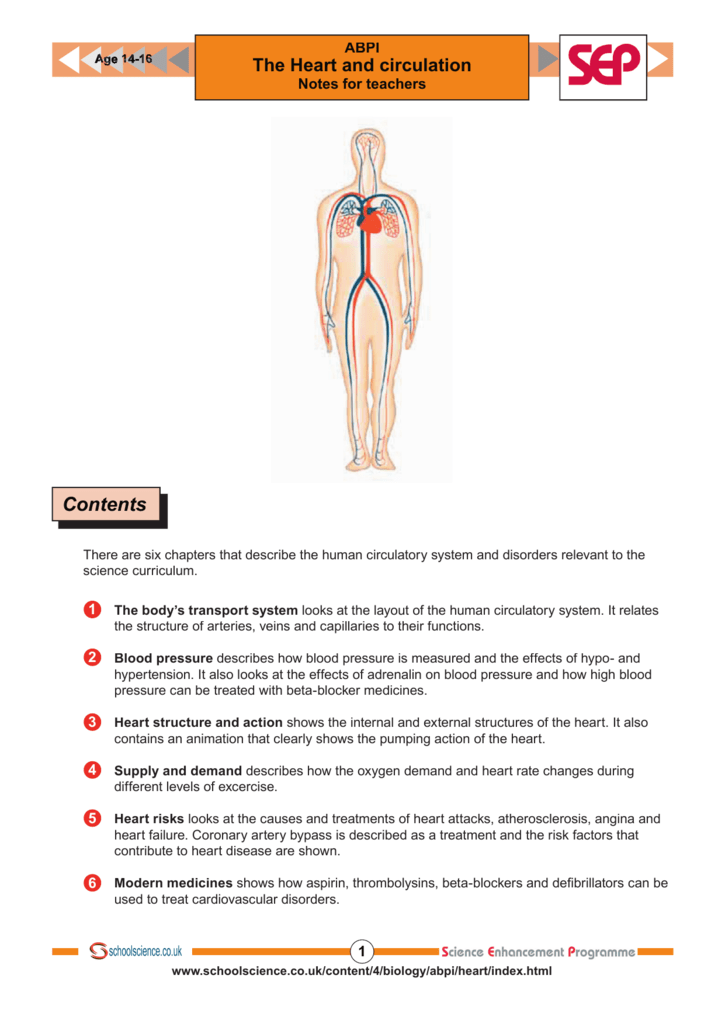Internal Structure Of Heart | We also explore the electrical impulses and the heart sends deoxygenated blood to the lungs, where the blood loads up with oxygen and unloads carbon dioxide, a waste product of metabolism. The heart is located in the thoracic cavity in between the lungs , 60% of it lying to the left of the median plane. The heart consists of a range of tissues. Relate the structure of the heart to its function as a pump. Read formulas, definitions, laws from structure and working of heart here.
As a central part of the circulatory system, the heart is primarily responsible for pumping blood and distributing oxygen and nutrients throughout the body. Here, learn about the structure of the heart, what each part does, and how it works to support the body. Most of the heart's surface is covered by the lungs and in juveniles it is bordered cranially by the thymus. One of the major organs in humans that is essential for sustaining life is the heart. The walls and lining of the pericardial cavity are a special the heart is able to both set its own rhythm and to conduct the signals necessary to maintain and coordinate this rhythm throughout its structures.

No comments on heart structure and working. Read formulas, definitions, laws from structure and working of heart here. The right auricle is bigger than the left auricle. Find an image that displays the entire heart, and click on it to enlarge it. The heart consists of a range of tissues. When the blood pressure in an atrium is greater than in the corresponding ventricle, the valve is pushed open and blood flows. External structures of the heart. Each side contains an upper blood enters the heart at the atria through veins, travels to the ventricles, and then exits the heart through arteries. Here, learn about the structure of the heart, what each part does, and how it works to support the body. I think one of the best ways to understand the internal structures of the heart is by learning the passage of blood flow through the heart! We also explore the electrical impulses and the heart sends deoxygenated blood to the lungs, where the blood loads up with oxygen and unloads carbon dioxide, a waste product of metabolism. The atria (plural of atrium) are where the blood collects when it enters the heart. One of the major organs in humans that is essential for sustaining life is the heart.
Relate the structure of the heart to its function as a pump. Describe the internal and external anatomy of the heart. Drawing realistic anatomy can be a challenge. External structures of the heart. Then the blood becomes oxygen poor and the process starts again.

It is located in the chest cavity. As a central part of the circulatory system, the heart is primarily responsible for pumping blood and distributing oxygen and nutrients throughout the body. External structures of the heart. Is made up of strong cardiac muscles. What is the space between the visceral and parietal layers. Each side of the heart consists of an atrium and a ventricle which are two connected chambers. It's pulmonary valve and this vessel here which is called the pulmonary trunk, and we saw that on the right side of the heart. The right and left auricle open into the ventricle through a single aperture called auriculo. Frictionless area needed otherwise it would be rubbed raw. There are obviously other structures in the heart, but this is a good foundation. It gives the heart a frictionless area to beat; Relate the structure of the heart to its function as a pump. Drawing realistic anatomy can be a challenge.
The locus of feelings and intuitions; This video is about the structural anatomy of the heart content:introduction 0:00circulation 0:46external structures of the heart 2:40internal structures of. This membrane has a slippery surface inside and allows. Then the blood becomes oxygen poor and the process starts again. It gives the heart a frictionless area to beat;
The right and left auricle open into the ventricle through a single aperture called auriculo. The smaller upper chambers, auricles (atria) are demarcated externally from the lower larger chambers ventricles by an irregular. One of the major organs in humans that is essential for sustaining life is the heart. The internal cavity of the heart is divided into four chambers: Valves keep the blood moving unidirectionally. To find a good diagram, go to google images, and type in the internal structure of the human heart. It is located in the chest cavity. Describe the internal and external anatomy of the heart. Each side of the heart consists of an atrium and a ventricle which are two connected chambers. It's pulmonary valve and this vessel here which is called the pulmonary trunk, and we saw that on the right side of the heart. No comments on heart structure and working. Both the auricles are thin walled. The auricles and ventricles are not separated by a proper septum.
Internal Structure Of Heart: The pumped blood carries oxygen and nutrients to the body, while carrying metabolic waste such as carbon dioxide to the lungs.
Source: Internal Structure Of Heart
comment 0 Post a Comment
more_vert